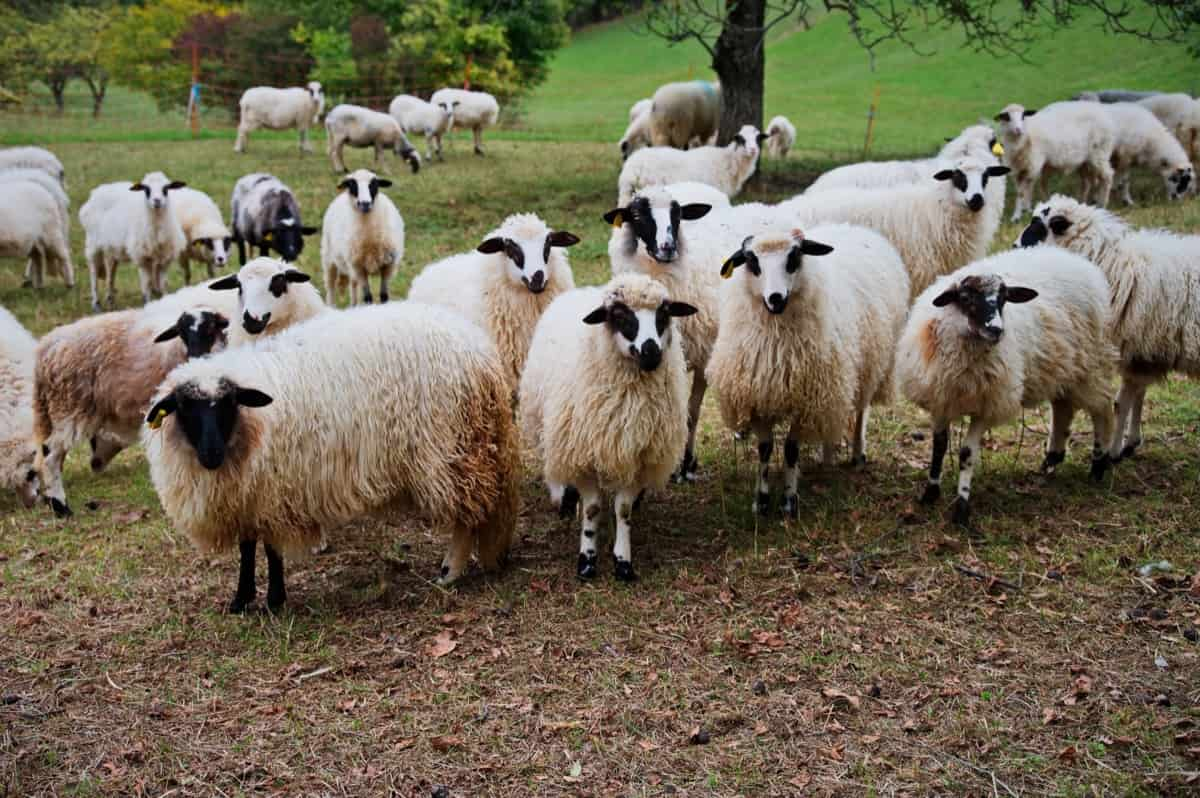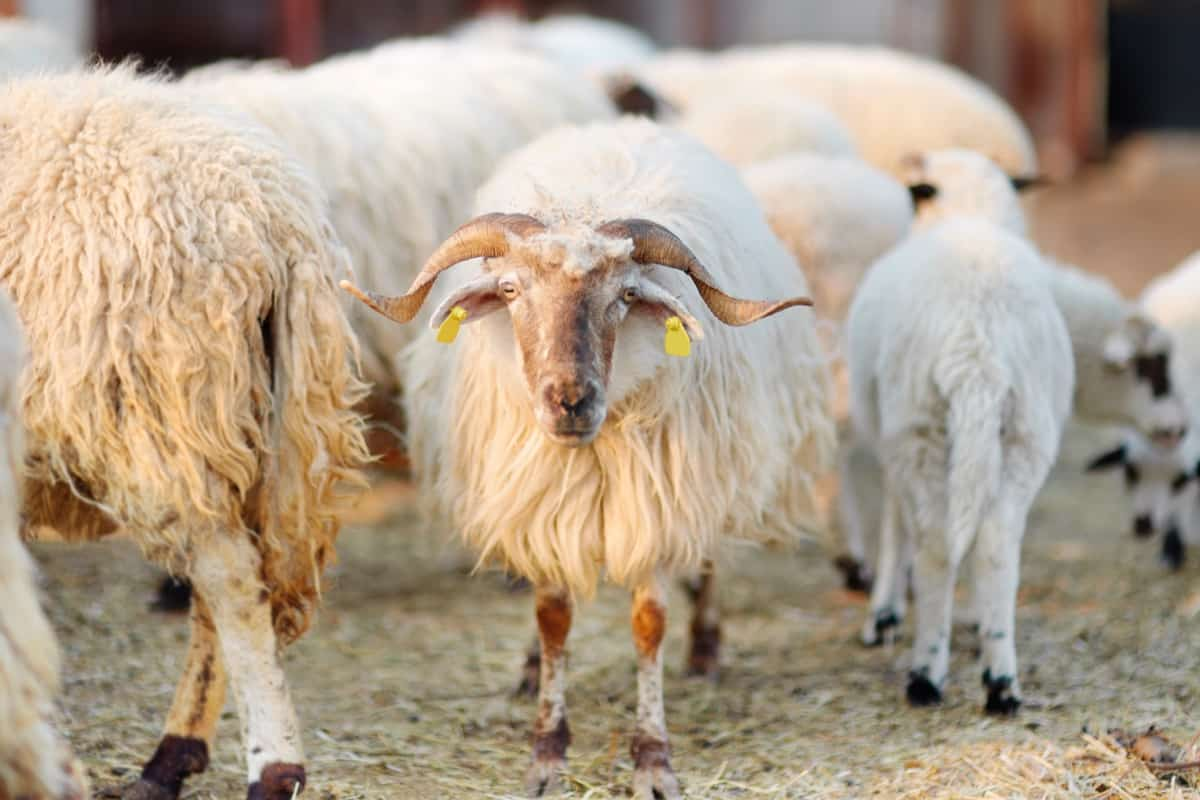Sheep farming is an important sector of the Indian economy, providing livelihood opportunities to millions of people. The Indian government has recognized the potential of the sheep farming industry and has implemented several subsidy schemes to support the growth and development of this sector.

Top 5 Government Sheep Farming Subsidy Schemes in India
National Livestock Mission (NLM)
The National Livestock Mission is a centrally sponsored scheme to promote sustainable livestock development in the country. Under this scheme, sheep farmers can avail of subsidies for various activities related to sheep farming, including breed improvement, feed and fodder development, disease control, and marketing. The subsidy percentages and values under the NLM scheme are as follows:
- For breed improvement: 50% of the cost of the ram, subject to a maximum of Rs. 10,000 per ram.
- For feed and fodder development: 50% of the cost of inputs, subject to a maximum of Rs. 10,000 per beneficiary per year.
- For disease control: 50% of the cost of medicines and vaccines, subject to a maximum of Rs. 10,000 per beneficiary per year.
- For marketing: 50% of the cost of setting up a small marketing infrastructure, subject to a maximum of Rs. 10 lahks per beneficiary.
Integrated Development of Small Ruminants and Rabbits (IDSRR)
The Integrated Development of Small Ruminants and Rabbits is a scheme implemented by the Ministry of Agriculture and Farmers’ Welfare to promote the development of small ruminants and rabbits in the country. Under this scheme, sheep farmers can avail of subsidies for various activities related to sheep farming, including breed improvement, feed and fodder development, disease control, and marketing. The subsidy percentages and values under the IDSRR scheme are as follows:
- For breed improvement: 50% of the cost of the ram, subject to a maximum of Rs. 3,000 per ram.
- For feed and fodder development: 50% of the cost of inputs, subject to a maximum of Rs. 2,000 per beneficiary per year.
- For disease control: 50% of the cost of medicines and vaccines, subject to a maximum of Rs. 2,000 per beneficiary per year.
- For marketing: 50% of the cost of setting up a small marketing infrastructure, subject to a maximum of Rs. 50,000 per beneficiary.
In case you missed it: Top 10 Sheep Diseases: Symptoms, Causes, Prevention, and Control

Rashtriya Krishi Vikas Yojana (RKVY)
The Rashtriya Krishi Vikas Yojana is a centrally sponsored scheme to promote agriculture and allied sectors in the country. Under this scheme, sheep farmers can avail of subsidies for various activities related to sheep farming, including breed improvement, feed and fodder development, disease control, and marketing. The subsidy percentages and values under the RKVY scheme are as follows:
- For breed improvement: 50% of the cost of the ram, subject to a maximum of Rs. 5,000 per ram.
- For feed and fodder development: 50% of the cost of inputs, subject to a maximum of Rs. 20,000 per beneficiary per year.
- For disease control: 50% of the cost of medicines and vaccines, subject to a maximum of Rs. 5,000 per beneficiary per year.
- For marketing: 50% of the cost of setting up a small marketing infrastructure, subject to a maximum of Rs. 10 lahks per beneficiary.
Pradhan Mantri Fasal Bima Yojana (PMFBY)
The Pradhan Mantri Fasal Bima Yojana is a crop insurance scheme launched by the Government of India to provide financial assistance to farmers in case of crop losses due to natural calamities, pests, and diseases. Under this scheme, sheep farmers can also avail of insurance coverage for their sheep and goats. For sheep and goat insurance, the premium subsidy ranges from 50% to 90%, depending on the type of insurance and the farm’s location. The maximum sum insured per animal is Rs. 30,000.
National Agriculture Development Programme (NADP)
The National Agriculture Development Programme is a centrally sponsored scheme to promote agriculture and allied sectors in the country. Under this scheme, sheep farmers can avail subsidies for various activities related to sheep farming, including breed improvement, feed and fodder development, disease control, and marketing. The subsidy percentages and values under the NADP scheme are as follows:
- For breed improvement: 50% of the cost of the ram, subject to a maximum of Rs. 3,000 per ram.
- For feed and fodder development: 50% of the cost of inputs, subject to a maximum of Rs. 10,000 per beneficiary per year.
- For disease control: 50% of the cost of medicines and vaccines, subject to a maximum of Rs. 2,000 per beneficiary per year.
- For marketing: 50% of the cost of setting up a small marketing infrastructure, subject to a maximum of Rs. 50,000 per beneficiary.
In case you missed it: Feed Management in Sheep: Feeding Plan, Feed Formula, and Fodder Requirements

If your proposal meets the eligibility criteria and is approved, you will be provided with a loan for sheep farming, which NABARD will subsidize. Additionally, NABARD provides training and technical assistance to farmers to help them run their sheep farming business efficiently. By availing of a NABARD subsidy, you can benefit from reduced interest rates and lower loan repayment amounts, making starting and running a successful sheep farming enterprise easier.
Conclusion
In conclusion, the Indian government has introduced various schemes to promote sheep farming and improve the livelihood of farmers in the country. These schemes provide financial assistance and support for sheep farming, such as breed improvement, healthcare, and infrastructure development.
- Feed Your Flock for Less: Top 10 Tips to Save on Chicken Feed
- Ultimate Guide to Ossabaw Island Hog: Breeding, Raising, Diet, and Care
- Hatching Answers: The Top 10 Reasons Your Chickens Aren’t Laying Eggs
- Eggs and Economics: Breaking Down the Cost of Raising Backyard Chickens
- Defend Your Greens: Proven Methods to Keep Iguanas Out of Your Garden
- Ultimate Guide to Cinnamon Queen Chicken: A Comprehensive Guide for Beginners
- Ultimate Guide to California Tan Chicken: Breeding, Raising, Diet, Egg-Production and Care
- Ultimate Guide to Marsh Daisy Chicken: Breeding, Raising, Diet, and Care
- 10 Types of Chicken Farming Businesses You Can Start for Profits